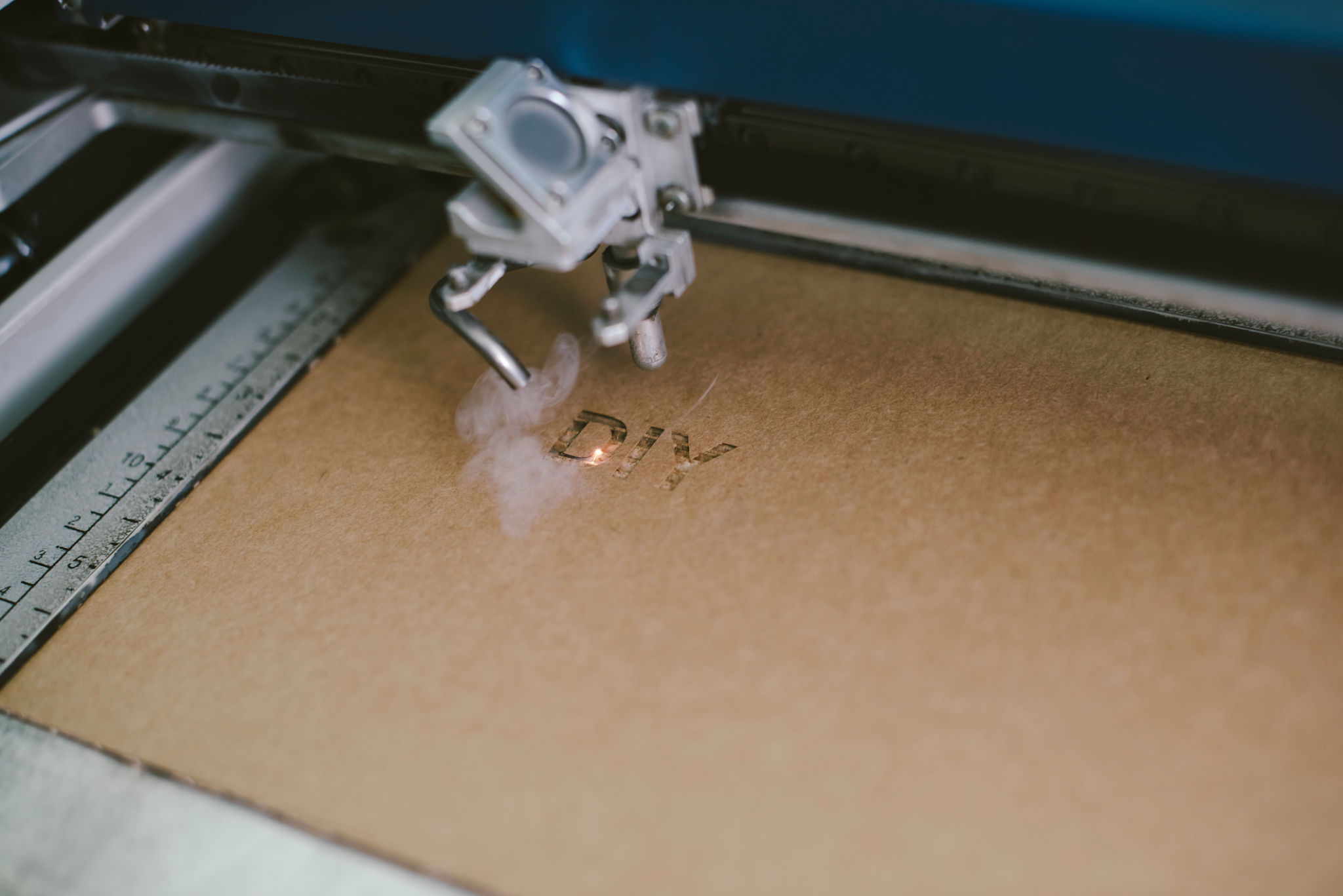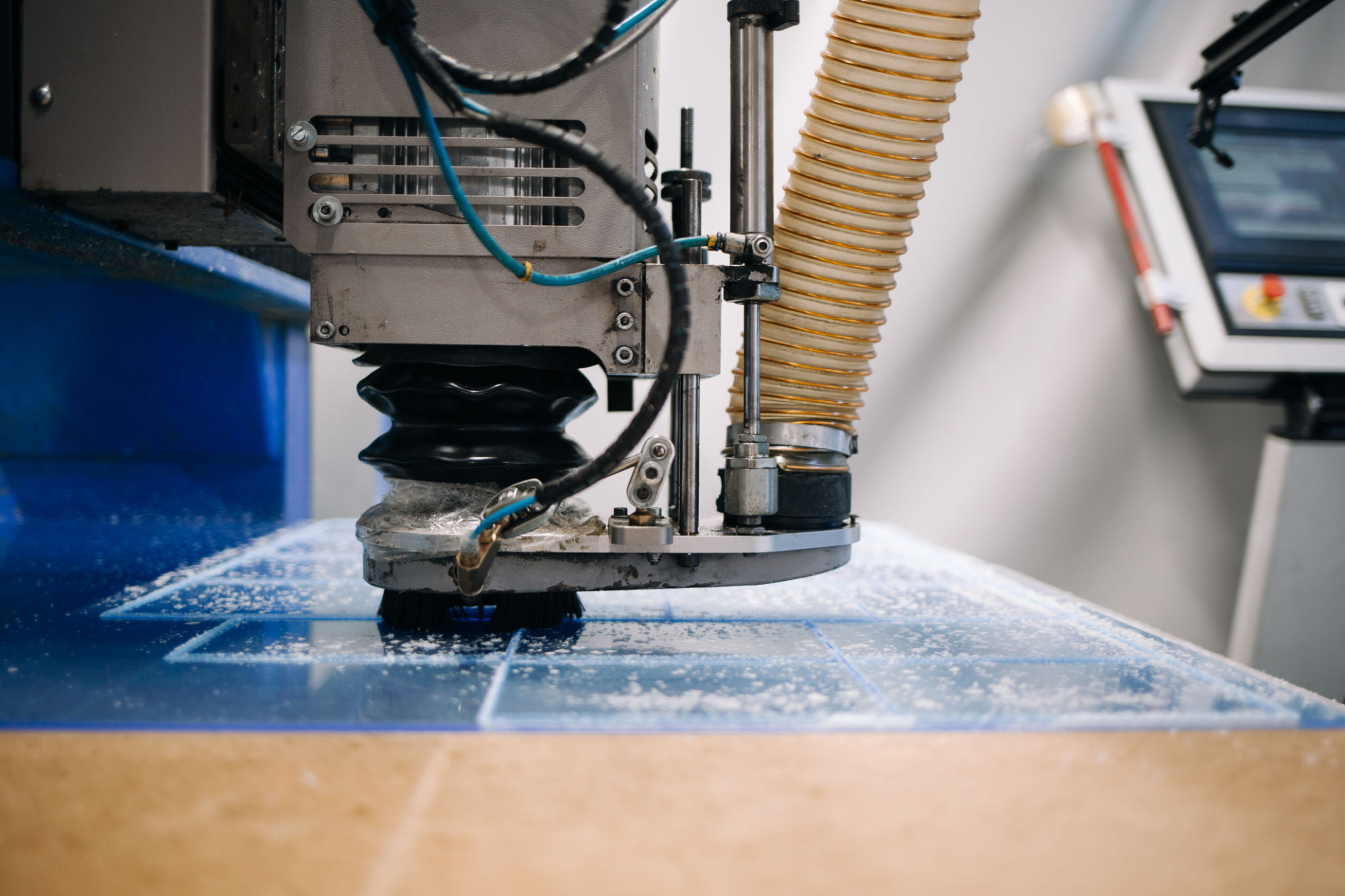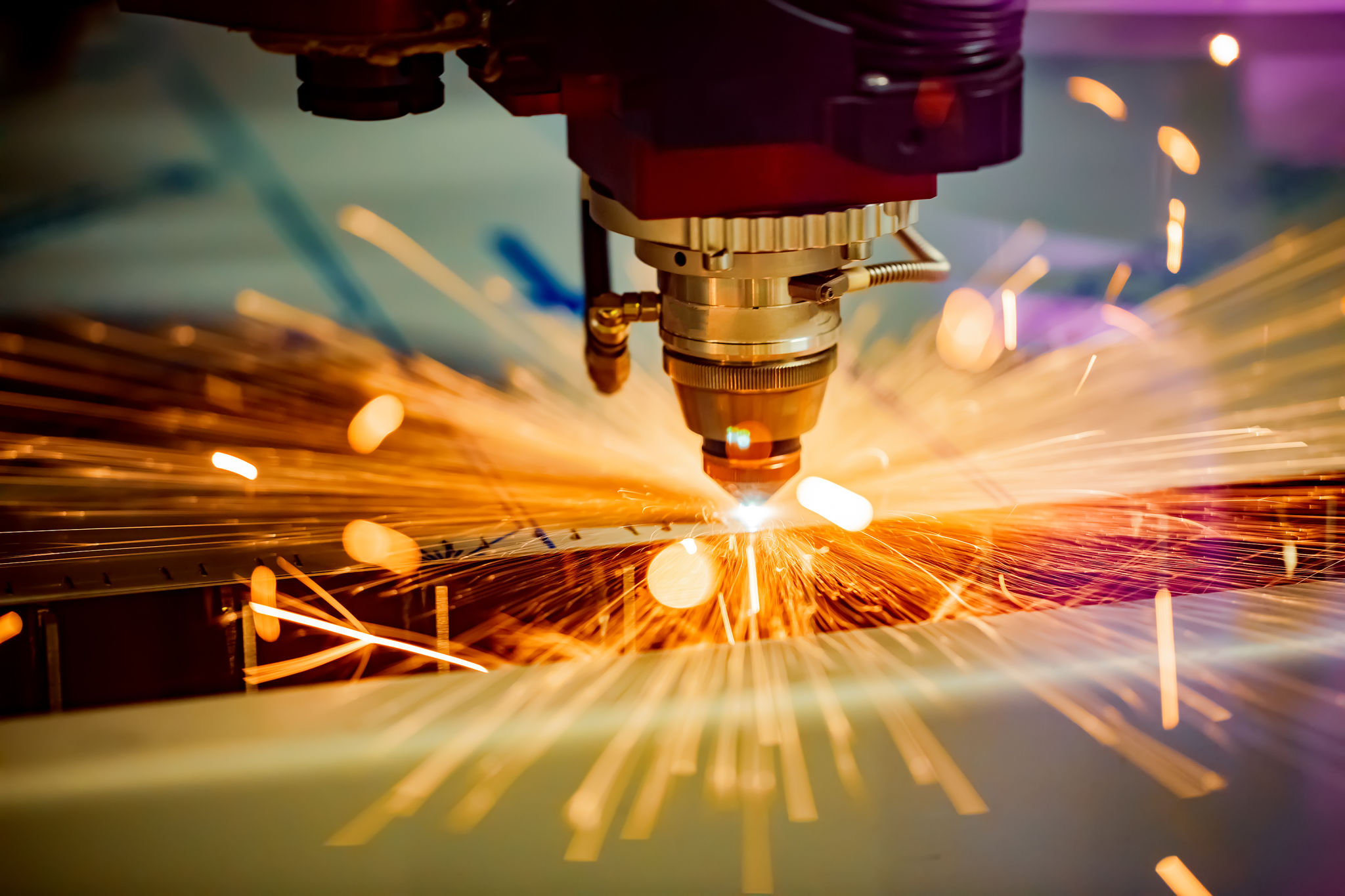Choosing the Right Material for Your Laser Engraving Project
Introduction to Laser Engraving Materials
Choosing the right material for your laser engraving project is crucial to achieving the desired outcome. Whether you're a hobbyist, a small business owner, or an industrial manufacturer, understanding the properties of different materials can significantly impact the quality and durability of your engravings. From wood to metal, each material offers unique benefits and challenges. In this guide, we'll explore various materials suitable for laser engraving and help you make an informed decision for your project.

Wood: A Classic Choice
Wood is one of the most popular materials for laser engraving due to its versatility and natural beauty. It offers a warm, classic look that can be customized with intricate designs. Different types of wood, such as maple, cherry, and walnut, provide varying shades and grain patterns, allowing for creative expression. However, it's important to note that softer woods may burn more easily, while harder woods might require more laser power.
Benefits of Engraving on Wood
- Aesthetic Appeal: The natural grains and textures of wood add a unique touch to engraved designs.
- Versatility: Suitable for a wide range of projects, from home decor to personalized gifts.
- Easy to Work With: Wood is generally easy to cut and engrave, making it ideal for both beginners and professionals.
Acrylic: A Modern Alternative
Acrylic is a popular choice for those looking for a modern and sleek finish. Available in various colors and transparencies, acrylic can be used for signage, awards, and decorative items. One of the main advantages of acrylic is its ease of use; it cuts cleaner than most other materials and produces a beautiful polished edge without additional finishing.

Considerations When Using Acrylic
- Thickness: Choose the right thickness for your project to ensure durability and stability.
- Type: Cast acrylic is preferred over extruded acrylic as it engraves better and offers a clearer finish.
- Safety: Always use proper ventilation when engraving acrylic to avoid inhaling harmful fumes.
Metal: Durability and Elegance
For applications where durability is key, metal is the preferred material. Metals like aluminum, stainless steel, and brass are commonly used in laser engraving. These materials offer a sleek and professional appearance, making them ideal for industrial applications, nameplates, and jewelry. However, engraving metal requires a laser engraver with sufficient power and may involve the use of special coatings or treatments.
Tips for Engraving Metal
- Power Settings: Ensure your laser engraver has enough power to etch into metal surfaces effectively.
- Coatings: Consider using anodized or powder-coated metals for enhanced contrast and detail.
- Maintenance: Regularly clean your equipment to maintain precision and extend its lifespan.

Glass: Sophistication in Design
Glass offers a sophisticated look that is perfect for awards, drinkware, and decorative items. Laser engraving glass creates a frosted appearance that contrasts beautifully with the clear surface. When working with glass, it's important to adjust the laser settings carefully to avoid cracking or shattering.
Handling Glass Engraving
- Speed Settings: Use lower speed settings to prevent cracks from sudden heat changes.
- Masking Tape: Applying masking tape can help reduce chipping and improve overall quality.
- Test Runs: Conduct test runs on similar scraps to fine-tune settings before final engraving.
Conclusion: Making the Right Choice
In conclusion, selecting the right material for your laser engraving project is pivotal in achieving the best results. Each material has its own unique properties that can influence the look and feel of your engraved product. By understanding the benefits and limitations of wood, acrylic, metal, and glass, you can choose the most suitable material for your needs. Whether you aim for durability or aesthetic appeal, making an informed choice will ensure your project's success.